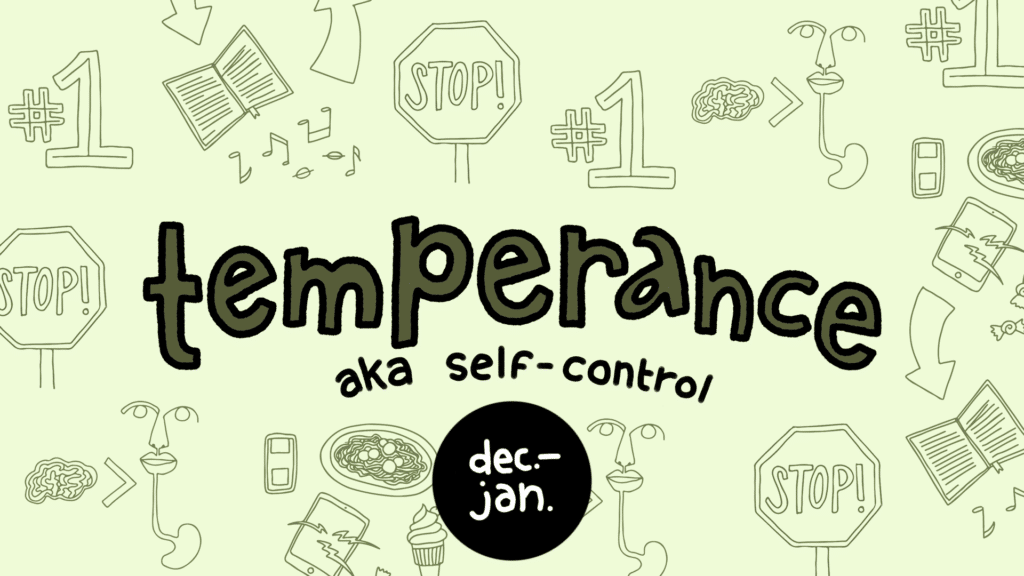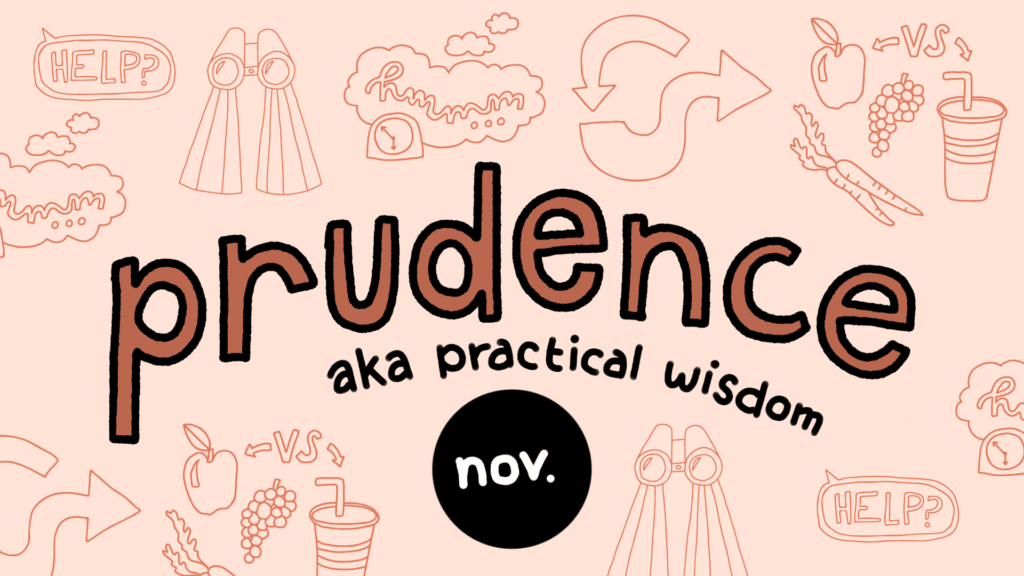Lisa Ann Dillon is back today with some Singapore Math tips for Level 3! Lisa Ann is our Singapore Math Curriculum Coordinator and is writing a series of articles for us to help enrich our math days at home. Regardless of your child’s math level, we hope the following information will be a good resource for you:
- In Level 3 students begin to synthesize all of the foundational skills learned in Level 2. If there are some skills that are not solid from Level 2, students should still find time to practice those skills as they move through the Level 3 lessons. Below are some review activities that serve that purpose.
- If your child doesn’t have her/his math facts memorized, it’s not too late and this skill should be given focus every day! The multiplication facts up to 5 must be mastered as well. Set a goal with your child towards memorization and create a fun experience or special time with mom or dad as in incentive to help your child find the motivation to study.
- The emphasis at Level 3 is part, part, whole thinking. The Level 3 math teacher has an excellent representation of this on her bulletin board, shown here:
 (click image to enlarge)
(click image to enlarge)
You can stop by her room if you’d like to see it in person. This concept is carried all throughout the many strands explored at Level 3. Mastering this understanding helps students with the wide variety of word problems.
A word about word problems! Students are learning a very specific procedure called Model Drawing to assist in the solving of word problems. The steps are as follows:
1. Read the problem.
2. Write an answer statement.
3. Identify the “who” and the “what.”
4. Draw unit bar or bars.
5. Chunk the problem – check off steps, adjust unit bars, fill in ?.
6. Solve.
7. Write answer in sentence.
Students are slowly learning all the steps but at this point they are in a transitional stage. The Level 3 teacher is focusing on the part, part, whole model. We want students to learn this procedure well so that as the problems increase in difficulty, they will have the process down and can focus on applying all of the strategies learned thus far to problems with increasing difficulty.
Memorize Those Facts!
Addition / Subtraction
When students struggle to get a fact memorized, you need to take it back to the concrete stage.
1. Build the fact with manipulatives – try Legos, unifix cubes, small plastic animals etc.
2. Write the number bond using the circles (see below).
3. Fill the numbers into the part whole model (see below).
4. Write the fact all 4 ways (2 addition, 2 subtraction).
5. Post this in the home school room or child’s room.
6. Check in periodically to see if the fact is memorized – before offering a snack, while taking a bath, while playing ball. You get the picture!
Blank Number Bond:
Multiplication / Division
Start at the Concrete stage here as well! (see photo at the top of the page)
1. Build an array.
2. Draw an array using “X”s or make an array with stickers!
3. Fill in the number bond with the multiplication fact or fill in the part, part, whole box.
4. Write the fact all four ways.
5. Say all four facts many times in a row.
6. Check the fact throughout the day – Get it memorized!
(Click here for a Multiplication/Division version of the same fact family cards mentioned above.)
Thank you, Lisa Ann, for these helpful ideas. Parents, we hope you can use these tips to help build math skills in a fun and engaging way at home. Have you tried any other ideas that work well for your student/s? Please comment below and tell us about it!















